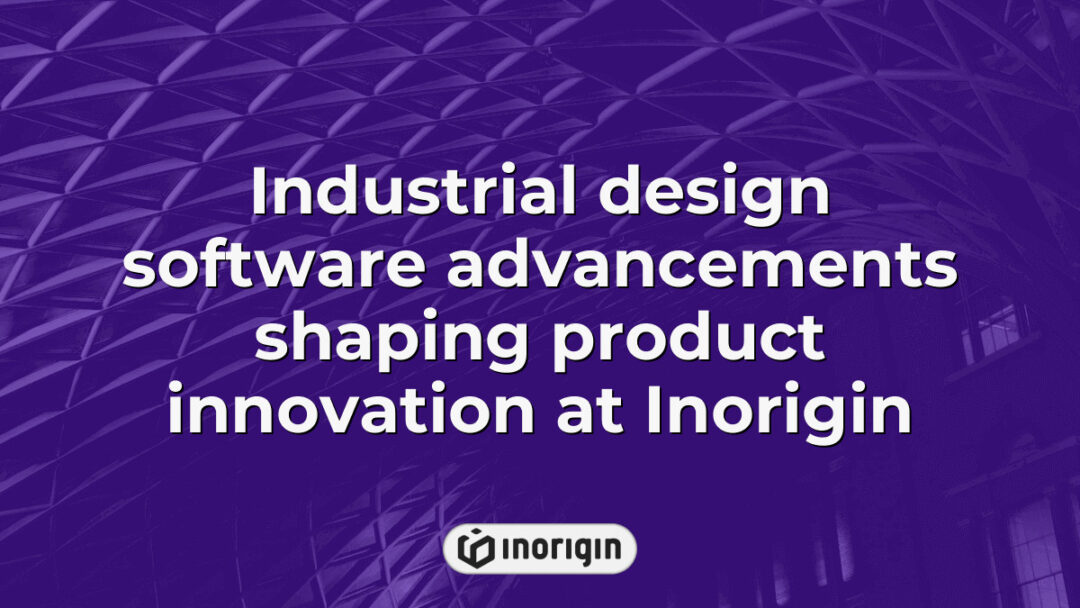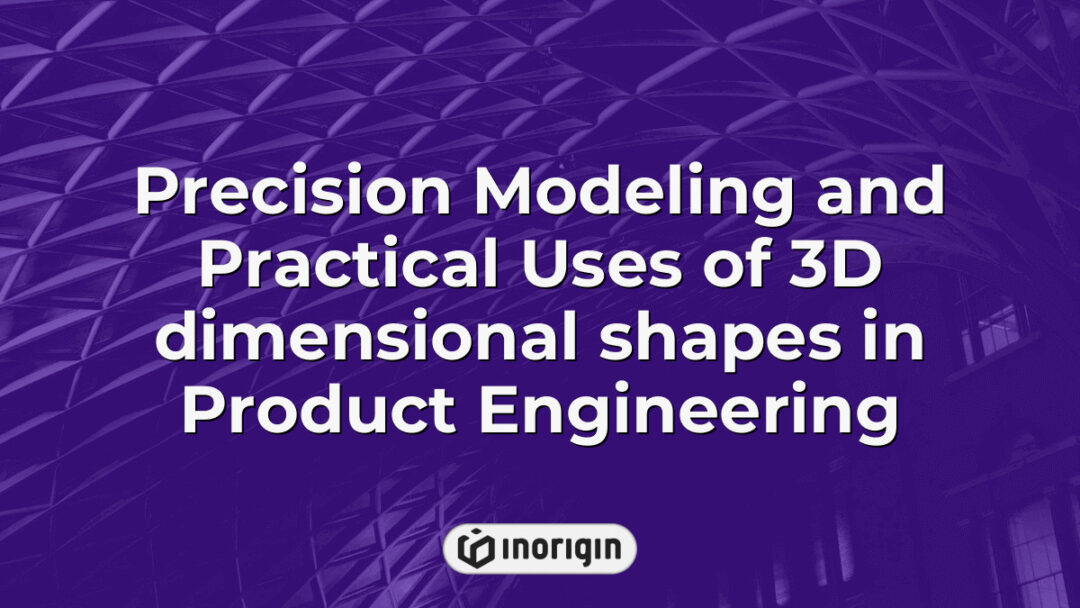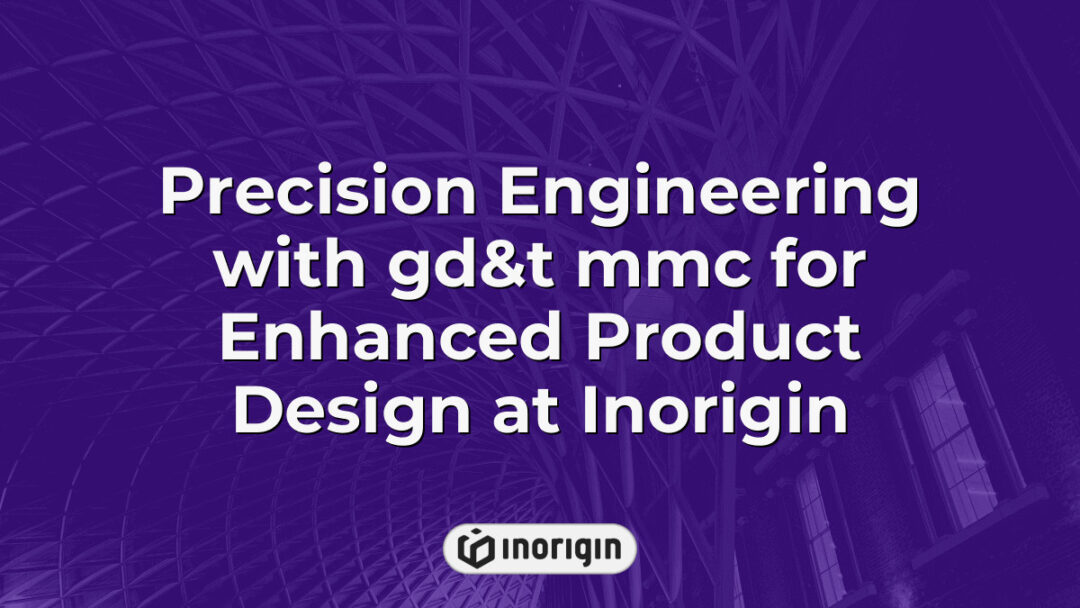In a world where the fusion of creativity and technology has become paramount, the role of industrial design software emerges as a quintessential element in modern product development. Coincidentally, as market demands grow increasingly complex, the tools that facilitate the design process must evolve to match the pace of innovation. This software not only streamlines the workflow for designers but also enhances collaborative efforts and accelerates time-to-market, making it indispensable for industries ranging from consumer electronics to automotive engineering. By harnessing advanced features such as computer-aided design (CAD), parametric modeling, and simulation, industrial design software redefines the boundaries of what is possible, ultimately shaping the tangible objects that populate daily life. The exploration of these digital tools illuminates their transformative impact on the field of design and their potential to address the challenges faced by contemporary creators.
| Aspect | Key Takeaway |
|---|---|
| Role of Industrial Design Software | Industrial design software plays a vital role in modern product development by seamlessly combining creativity with advanced technology to enhance efficiency and innovation. |
| Leading Software Options | Tools like SolidWorks, Autodesk Fusion 360, and Rhino are industry staples, offering precision modeling and collaborative features essential for diverse design challenges. |
| Key Features to Consider | Effective software should support clear design intent, provide robust visualization, and include prototyping tools to accelerate iteration and stakeholder engagement. |
| Selecting the Right Software | Assess usability, integration capabilities, budget, and functionality to choose software that aligns with both current workflows and future project demands. |
| Free vs. Paid Solutions | While free tools offer accessibility for beginners, paid software delivers advanced features, extensive support, and scalability for professional-grade projects. |
| Emerging Trends | Integration of AI and machine learning is enhancing industrial design software by improving rendering, optimization, and collaborative remote workflows. |
| Industry Applications | Automotive, consumer electronics, architecture, and other sectors leverage industrial design software to boost efficiency, innovation, and product quality. |
Leading Industrial Design Software Options
When considering the leading industrial design software options, one might question the necessity of advanced tools like SolidWorks, Autodesk Fusion 360, and Rhino in a field that supposedly thrives on simplicity and traditional methods. Nevertheless, it is critical to acknowledge that the modern design landscape requires sophisticated solutions to meet the intricate demands of product development. For instance, SolidWorks has proven to be essential for mechanical engineering tasks that require accurate 3D modelling, while Autodesk Fusion 360 offers an integrated platform for collaboration, addressing the growing need for cloud-based design workflows. In contrast, Rhino is particularly renowned for its versatility in handling complex geometries; this aspect makes it indispensable for designers working across varying disciplines, such as architecture and industrial design. As the industry elevates its expectations for innovation and efficiency, the adoption of these software tools not only enhances design precision but also streamlines the workflow significantly. A growing body of evidence suggests that firms utilising such software solutions experience increased productivity and competitiveness, thereby reinforcing the argument for transitioning from traditional methods to more contemporary approaches in industrial design.
Key Features to Look for in Industrial Design Software
The selection of industrial design software significantly resembles an artist choosing their tools before embarking on a grand canvas. Within this critical process, various key features must be evaluated to ensure that the software aligns with the designer’s objectives and facilitates the creation of effective visualisation and prototype development. There are several essential aspects to consider:
- Design Intent: The software ought to support clear communication of design intent throughout the development process, enabling teams to maintain alignment on project goals.
- Visualisation Capabilities: Robust visualisation features can enhance the presentation of ideas, allowing for a more immersive experience that engages stakeholders.
- Prototyping Tools: Integration of efficient prototyping tools accelerates the iterative cycle, enabling rapid adjustments based on feedback and thus honing the final product to meet market demands.
Amidst this multifaceted evaluation, attention to specific harmonies between these features is indispensable, fostering an ecosystem where creativity can flourish. The intersection of design intent with visualisation not only enables a clearer conception of the final product but also significant stakeholder engagement throughout the design phase. Given the array of available options, professionals in the field must critically assess these components, ensuring that the chosen software meets both immediate project needs and long-term goals. Such an approach ensures that the contribution to industrial design is both meaningful and impactful, ultimately leading to products that resonate within competitive markets.
How to Choose the Right Software for Your Needs
When choosing the right software for industrial design needs, a stark contrast emerges between simplicity and complexity, which are fundamental aspects of effective mechanical designs. On one hand, user-friendly interfaces and straightforward functionalities may appeal to novice users in product design, while on the other, advanced features and technical capabilities are often demanded by seasoned professionals aiming for precise outcomes. The selection process necessitates an assessment of various design software programs tailored to specific tasks; for instance, those focusing on 3D modeling may differ vastly from applications dedicated to prototyping. Additionally, compatibility with existing tools and systems plays a crucial role—certain software may be designed to integrate seamlessly with other platforms, enhancing teamwork and enabling smoother workflows. Decisions should also reflect the individual’s or team’s workflow processes, budget constraints, and the need for ongoing support and updates. Hence, the selection of industrial design software involves a multifaceted evaluation that weighs usability against functionality, ensuring that the final choice aligns with both present and future project demands.
Comparing Free vs. Paid Industrial Design Tools
When evaluating industrial design software, one might envision a bustling galaxy of options, where free tools twinkle like distant stars and paid programs shine with the allure of stability and support. This figurative cosmos presents a spectrum of choices for designers poised to bridge the gap between imagination and reality. Considering the rapid advancements in the field, the decision to opt for free versus paid tools is far from trivial. Free software often serves as an accessible gateway for emerging designers, offering basic sketchbook functionalities and limited CAD tools to facilitate initial explorations. However, these offerings may lack essential features required for industrial scale projects, such as comprehensive collaboration tools or advanced rendering capabilities. In contrast, paid programs frequently come fortified with robust support systems and expansive libraries, allowing professionals to manipulate complex designs with greater ease. Therefore, when juxtaposing free and paid software, one must weigh the immediate benefits of cost-effectiveness against the long-term advantages of enhanced functionality and expert support. Ultimately, the choice reflects not merely financial considerations, but also a strategic investment in the ability to innovate within an increasingly competitive field.
Future Trends in Industrial Design Software
The future trends in industrial design software are shaped by advancements in technology, particularly in the areas of rendering, optimization, and 3D modeling. As industry demands evolve, the integration of artificial intelligence and machine learning into design tools is becoming increasingly prominent. For instance, the enhancement of rendering capabilities allows designers to visualize complex concepts in near real-time, significantly streamlining the design process. Additionally, optimisation features are being refined to ensure that products not only meet aesthetic standards but also adhere to performance and sustainability metrics. Analysts predict that tools equipped with collaborative functionalities will gain traction as the need for remote teamwork increases. Looking forward, professionals in the field must remain adaptable, as the intersection of software innovation and user experience will undoubtedly dictate the trajectory of industrial design practices in the years to come.
Frequently Asked Questions
What is the typical cost of implementing industrial design software in a company?
The journey of industrial design software’s development can be likened to the introduction of the printing press in the 15th century; both technologies revolutionised their fields, facilitating communication and efficiency. In contemporary contexts, the cost of implementing industrial design software within a company can fluctuate widely, influenced by various factors such as the size of the organisation, the specific software chosen, and the training required for staff. Typically, companies might expect to allocate anywhere from several thousand to hundreds of thousands of dollars. For instance, small enterprises may find options around $5,000–$20,000 for entry-level tools, while larger firms could engage with systems costing $100,000 or more, along with ongoing subscription fees. Further complicating the budgetary considerations, additional expenses might include hardware upgrades, maintenance, and support services, which can significantly augment the overall expenditure. Recognising these multifaceted financial implications is essential for companies aiming to integrate such technologies into their operations effectively, enhancing both productivity and innovation. It becomes clear that understanding these financial dynamics is crucial for strategic planning and successful implementation in the industrial design sector.
How do I train my team to effectively use industrial design software?
Training a team to effectively utilise industrial design software requires a multifaceted approach that addresses both technical proficiency and collaborative dynamics. Initially, identifying key competencies that the software encompasses is crucial; this encompasses aspects such as 3D modelling, simulation, and specific design tools unique to the software in question. Following that, structured training sessions, perhaps over several weeks, would ensure that team members acquire necessary skills incrementally. These could be supplemented with hands-on workshops where real-world projects are tackled, thereby solidifying comprehension through practical application. Monitoring progress is equally significant; regular feedback can highlight areas needing additional focus. Furthermore, fostering a culture of knowledge sharing, where team members can discuss challenges and innovations encountered during their training, enhances overall learning. In light of these strategies, the effectiveness of the training programme can be significantly enhanced, providing a solid foundation for future projects and improving overall operational efficiency within the company.
What industries benefit the most from using industrial design software?
Industrial design software has undeniably found applications across a diverse range of sectors, each harnessing its capabilities to streamline processes and enhance product outcomes. For instance, the automotive industry, renowned for its intense competition and rapid development cycles, utilises such software to facilitate prototyping and streamline manufacturing workflows; this usage helps to reduce time-to-market for new models. In architecture and construction, firms leverage these tools to refine designs, ensuring that aesthetic appeal aligns with structural integrity; this integration is crucial given the increasing complexity of building regulations. Similarly, the consumer electronics sector employs industrial design software to foster innovation in product design, allowing for the creation of devices that are not only functional but also user-friendly; companies like Apple and Samsung have consistently embraced these technologies to remain at the forefront of design excellence. Further, the fashion industry adopts these software solutions for everything from garment patterns to visual merchandising, thereby enabling designers to experiment with materials and styles in a digital environment before committing to physical production. Given these varied applications, it becomes evident that industrial design software is instrumental across multiple industries, facilitating efficiency and creativity in product development.
Conclusion
The significance of industrial design software is underscored by the statistic that over 87% of designers report improved productivity through the use of advanced tools. This enhancement in efficiency not only accelerates the design process but also fosters innovation, ultimately leading to higher quality products and greater market competitiveness.
Related posts:
- Cad Free Software Options for Precision Product Design and Engineering at Inorigin
- Drawing software free for professional product design and precision engineering
- 3D design software free Options Backed by Professional Product Engineering Expertise
- Complete Evaluation of cad programs free with Industry-Leading Features and Support
- The Best Free 3D CAD Design Software for Professional Product Engineering in 2023
- Free Modeling 3D Tools and Techniques for Precise Product Design at Inorigin




